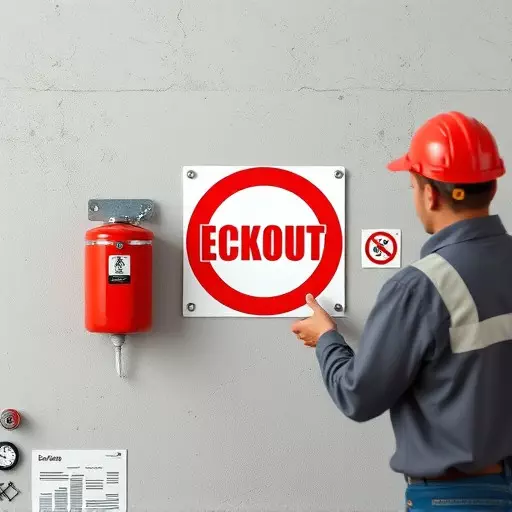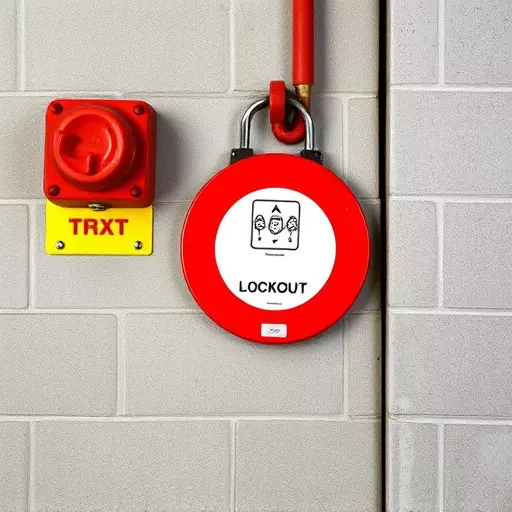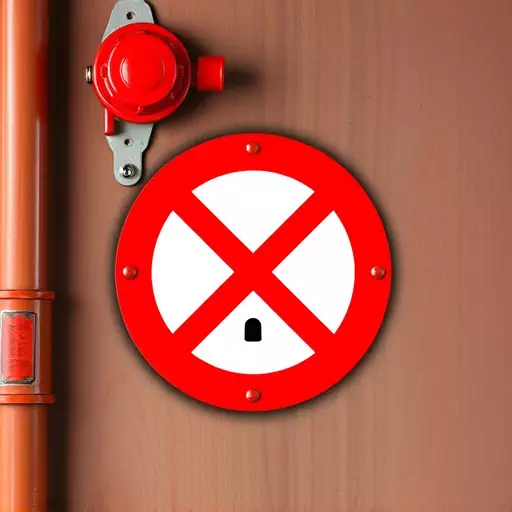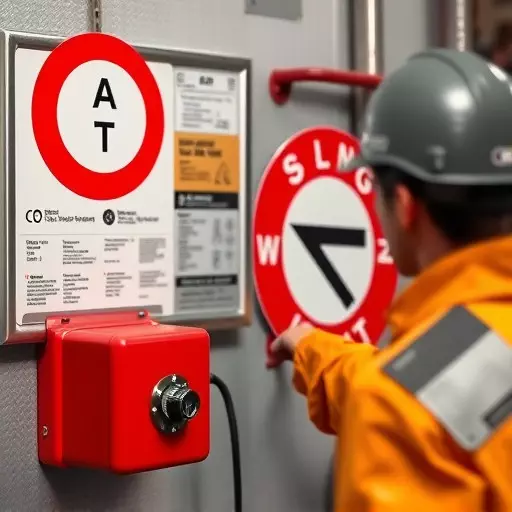Lockout/Tagout (L/T) is a critical safety measure for industrial settings, preventing accidental equipment activation during maintenance. Despite OSHA's guidelines and regular compliance training, L/T failures are common due to human error, inadequate understanding of energy control procedures, and poor communication. A recent high-profile incident underscores the need for continuous refresher training on L/T compliance and OSHA standards. Comprehensive L/T compliance training, including energy control procedures, is essential for accident prevention, empowering employees to handle diverse scenarios safely and fostering a robust culture of safety.
“In the realm of industrial safety, understanding and adhering to lockout/tagout (L/T) procedures is paramount. This article explores critical aspects of L/T compliance, focusing on OSHA standards and their significant role in preventing catastrophic incidents. We delve into common causes of failures, analyzing a major case study to highlight the consequences of non-compliance. Additionally, we emphasize the importance of comprehensive training in energy control procedures, offering best practices for implementation and enforcement to ensure safer industrial environments.”
- Understanding Lockout/Tagout: OSHA Standards and Their Significance
- Common Causes of Lockout Tagout Failures in Industrial Settings
- Case Study: A Closer Look at a Major Incident and Its Aftermath
- The Role of Comprehensive Training in Preventing Catastrophic Events
- Best Practices for Implementing and Enforcing Energy Control Procedures
Understanding Lockout/Tagout: OSHA Standards and Their Significance

Lockout/Tagout (L/T) is a critical safety practice designed to prevent accidental activation of equipment during maintenance or repair, ensuring worker safety in industrial settings. It involves a systematic process where energy sources are controlled and isolated before work begins. The Occupational Safety and Health Administration (OSHA) sets the standards for L/T procedures, which are essential for preventing serious injuries or fatalities. Compliance with OSHA’s lockout tagout standards is not just a legal requirement but also a responsible step towards creating a safer working environment.
The significance of these standards lies in their ability to safeguard workers from hazardous energy sources like electrical, hydraulic, pneumatic, and mechanical power. OSHA’s guidelines provide a structured framework for employers to implement effective L/T programs. This includes proper training on energy control procedures, which is vital for all employees, especially those at risk of exposure to locked or tagged-out equipment. Regular lockout tagout compliance training ensures that workers understand their roles and responsibilities, enabling them to contribute to a safer workplace culture.
Common Causes of Lockout Tagout Failures in Industrial Settings

In industrial settings, lockout/tagout (L/T) failures are prevalent despite the critical importance of these protocols in ensuring worker safety. Common causes include inadequate or missing OSHA lockout tagout standards compliance training for employees, leading to human error and insufficient understanding of energy control procedures. Often, workers overlook the necessity of proper de-energization practices, which can result in accidents during maintenance or repair tasks.
Another significant factor is the absence of regular energy control procedures training. Many incidents occur due to a lack of awareness about isolating energy sources before performing tasks. Inadequate communication among team members and failure to implement secure lockouts contribute to these failures. Therefore, continuous emphasis on comprehensive lockout tagout compliance training and regular refresher courses are essential to mitigate risks and adhere to OSHA guidelines.
Case Study: A Closer Look at a Major Incident and Its Aftermath

In a recent high-profile incident, a major manufacturing facility experienced a severe lockout/tagout (L/T) failure that resulted in significant safety breaches and widespread disruption. The event was a stark reminder of the critical importance of proper L/T procedures, as well as the potential consequences of non-compliance with OSHA standards. The facility had reportedly received extensive training on lockout tagout compliance, including energy control procedures, but the incident revealed gaps in understanding and implementation.
The aftermath of this major incident prompted a thorough investigation by both the company and regulatory bodies. It was discovered that several key aspects were overlooked during the L/T process, such as proper communication protocols, worker involvement, and the use of appropriate locking devices. This case study highlights the need for continuous refresher training, especially in dynamic industrial environments where energy control procedures must be rigorously observed to prevent catastrophic failures and ensure worker safety.
The Role of Comprehensive Training in Preventing Catastrophic Events

Comprehensive training plays a pivotal role in preventing catastrophic events related to lockout/tagout procedures. OSHA’s lockout tagout standards emphasize the importance of proper training for all employees, ensuring they understand and can implement energy control measures effectively. This involves teaching not just the technical aspects of locking out equipment but also risk assessment, hazard identification, and safe work practices.
Effective training programs go beyond basic compliance to equip workers with the skills needed to navigate complex scenarios. Energy control procedures training should cover various situations, including emergency responses, to prepare employees for unexpected events. By fostering a culture of safety through rigorous training, organizations can significantly reduce the risk of accidents, injuries, and potential fatalities associated with energy sources in the workplace.
Best Practices for Implementing and Enforcing Energy Control Procedures

Implementing and enforcing effective energy control procedures is paramount to preventing accidents and injuries in industrial settings. To ensure compliance with OSHA’s lockout/tagout standards, organizations should prioritize comprehensive training for all employees involved. Lockout tagout compliance training equips workers with the knowledge and skills necessary to safely shut down and isolate equipment, minimizing risks associated with unexpected energy releases.
Regular energy control procedures training sessions can help foster a culture of safety awareness. These sessions should cover specific protocols for different types of equipment and energy sources, emphasizing the importance of proper locking mechanisms and tagout tags. Additionally, they should address common mistakes and their consequences, promoting critical thinking and responsible behavior during energy control processes.


